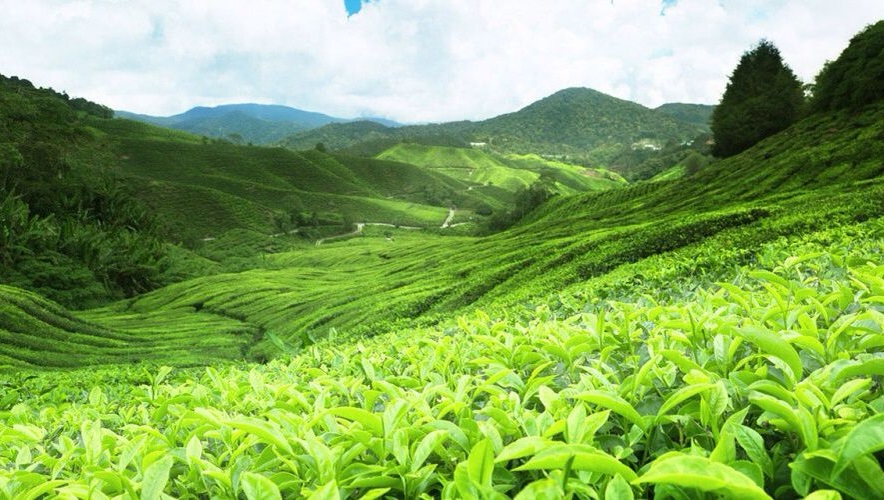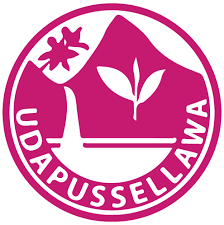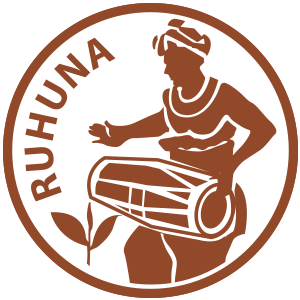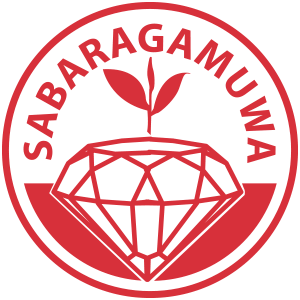Unveiling the Aromatic Majesty of Ceylon Cloves
Apr 22, 2024

Sri Lanka has three primary tea-growing regions: Low grown teas (sea level to 600m), Mid Grown teas (600 m to 1200 m), and High grown teas (above 1200 m). The taste, flavour, and aroma of teas from each elevation are uniquely influenced by the specific conditions of those regions. For example, Low grown teas, exposed to extended periods of sunshine and warm, moist conditions, exhibit a burgundy brown liquor with a malt-heavy note. In contrast, High grown teas, cultivated at around 3,000 feet, showcase a distinct lightness, with greenish, grassy tones in honey golden liquors, influenced by chill winds and dry, cool conditions.
Sri Lanka's tea-growing regions, concentrated in the central mountains and southern foothills, are divided into seven defined districts. Similar to the wine regions of France, each district is renowned for producing teas with distinct characteristics shaped by the local climate and terrain. Despite variations within sub-districts and estates, the experienced taster or connoisseur can always identify the regional character of the tea.
Sri Lanka encounters two monsoon seasons, the northeast and southwest, impacting different regions due to the central mountains acting as a barrier. This geographical setup results in distinctive 'quality seasons,' marked by dry winds passing over the central watershed. The elevated terrain contributes to a complex micro-climate, leading to varied wind and precipitation patterns in different tea-growing districts. Despite differences within districts, Sri Lankan tea planters have mastered leveraging local climatic variations to enhance tea growth and refine product characteristics, establishing unique qualities for each region and subdivision.
The naming of Sri Lanka's tea-growing regions is rigorously regulated, allowing only teas meeting specific criteria to bear the district name. Tea must be grown entirely within a designated 'agro-climatic region,' implying a specific altitude range. Additionally, tea must be manufactured within the district, adhering to traditional methods, ensuring the highest quality. Since 1975, the Sri Lanka Tea Board has overseen the awarding and use of regional 'appellations,' enforcing standards and regulations for all exported tea.
Sri Lanka's diverse climate has led to the production of unique teas in seven agro-climatic districts:
Each district has distinct characteristics resulting from its geographical and climatic conditions.
Nuwara Eliya, renowned for its mountainous terrain and highest elevation, produces teas with an exquisite bouquet. These teas have a light, golden-hued infusion and a delicately fragrant flavour, with Orange Pekoe (OP) and Broken Orange Pekoe (BOP) being highly sought after.

Dimbula, situated between Nuwara Eliya and Horton Plains, is designated as 'high grown' due to estates exceeding 1,250m. The region's complex topography creates micro-climates, yielding teas with differences in flavor, often featuring a refreshing blend of jasmine and cypress.

The Uva district, exposed to both monsoons, is known for its uniquely aromatic teas. The district gained prominence when Thomas Lipton introduced Uva tea to Americans, characterized by a mellow, smooth taste.

Uda Pussellawa, situated near Nuwara Eliya, produces darker teas with a pinkish hue and greater strength, exhibiting exquisite tanginess. Colder conditions contribute a hint of rose to the tea's bouquet.

In Kandy, where the tea industry originated in 1867, 'mid-grown' teas with diverse flavours are cultivated. Kandy teas are particularly flavourful, producing a bright infusion with a coppery tone and intense full-bodied strength.

Ruhuna, characterized as 'low-grown,' cultivates teas at altitudes not exceeding 600m. The region's unique soil and low elevation contribute to the rapid growth of tea bushes, producing a distinctive full-flavored black tea, including prized "tips."

Sabaragamuwa, Sri Lanka's largest district with low-grown teas, produces a fast-growing bush with a long leaf. The liquor is similar to Ruhuna teas, with a dark yellow-brown tint and a reddish tint, but the aroma features a hint of sweet caramel, creating an exceptionally stylish profile.
